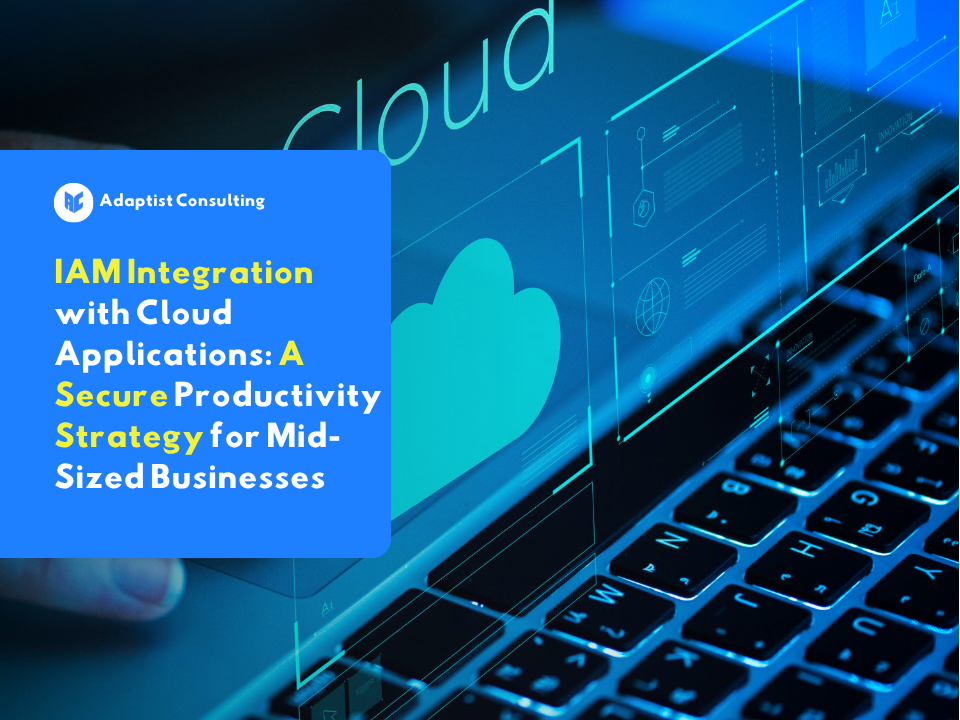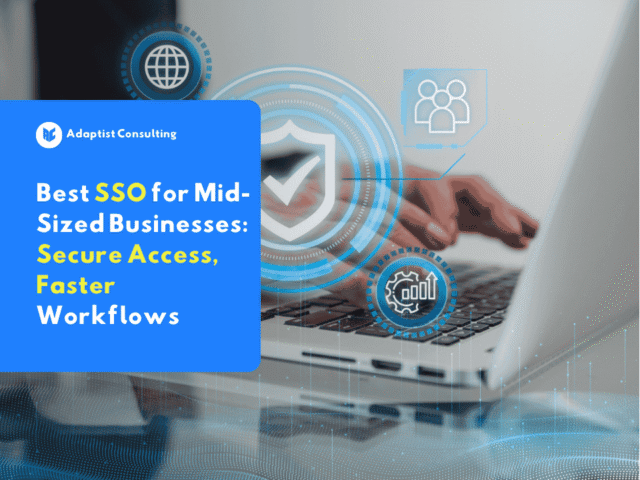
Simple Ticketing System to Improve Customer Satisfaction
October 20, 2025
Passwordless Authentication for Enterprises
October 20, 2025IAM Integration with Cloud Applications: A Secure Productivity Strategy for Mid-Sized Businesses

Challenges for Mid-Sized Businesses in the Cloud Era
Mid-sized businesses increasingly rely on cloud applications to support productivity from email and CRM to collaboration platforms. However, this reliance introduces new risks: credentials are scattered across multiple apps, the potential for data breaches rises, and controlling user access becomes difficult. Without integrated Identity and Access Management (IAM), companies face higher exposure to insider threats and external attacks.
What Is IAM and Why Should It Be Integrated with the Cloud?
Identity and Access Management (IAM) is a framework that ensures every user has access according to their defined role. With IAM, organizations can control who enters the system, what actions they can perform, and how those activities are logged.
Integrating IAM with cloud applications centralizes all authentication and authorization processes in one unified system. This not only strengthens security but also simplifies employee login processes. According to NIST, IAM is a foundational component for maintaining digital security in the era of cloud computing.
Benefits of Integrating IAM with Cloud Applications
Some key advantages of this integration for mid-sized businesses include:
-
Enhanced Security: All access is verified through multi-factor authentication (MFA).
-
Improved Productivity: Single Sign-On (SSO) enables one login for all applications.
-
Regulatory Compliance: Supports standards such as GDPR and Indonesia’s PDP Law (Law No. 27 of 2022).
-
IT Efficiency: Access administration becomes faster through automated provisioning and deprovisioning.
-
Full Visibility: Provides detailed user activity reports for internal auditing.
Implementation Strategies for Mid-Sized Businesses
To ensure effective IAM–cloud integration, mid-sized companies should consider the following steps:
-
Cloud Application Mapping – Identify all cloud applications used across departments, from email to ERP.
-
Role-Based Access Control (RBAC) Definition – Assign roles and permissions based on job functions.
-
Implement SSO & MFA – Ensure login is both secure and user-friendly.
-
Regular Monitoring & Auditing – Record all activities to minimize insider threat risks.
-
Adopt Modern IAM Platforms – Choose IAM systems that natively integrate with cloud environments.
Adaptist Consulting, through its Adaptist Prime product, offers an integrated IAM solution that supports SSO, MFA, and RBAC for mid-sized businesses. With Prime, access management becomes more secure, efficient, and fully compliant with regulations.
Conclusion
For mid-sized businesses, integrating IAM with cloud applications is no longer optional—it’s a strategic necessity. This solution helps minimize data breach risks, ensures regulatory compliance, and boosts employee productivity through simplified logins.
Adaptist Prime provides a modern identity governance solution that enables mid-sized businesses to manage cloud access securely and efficiently. With the right implementation, companies can achieve the perfect balance between productivity and data security in the digital era.




